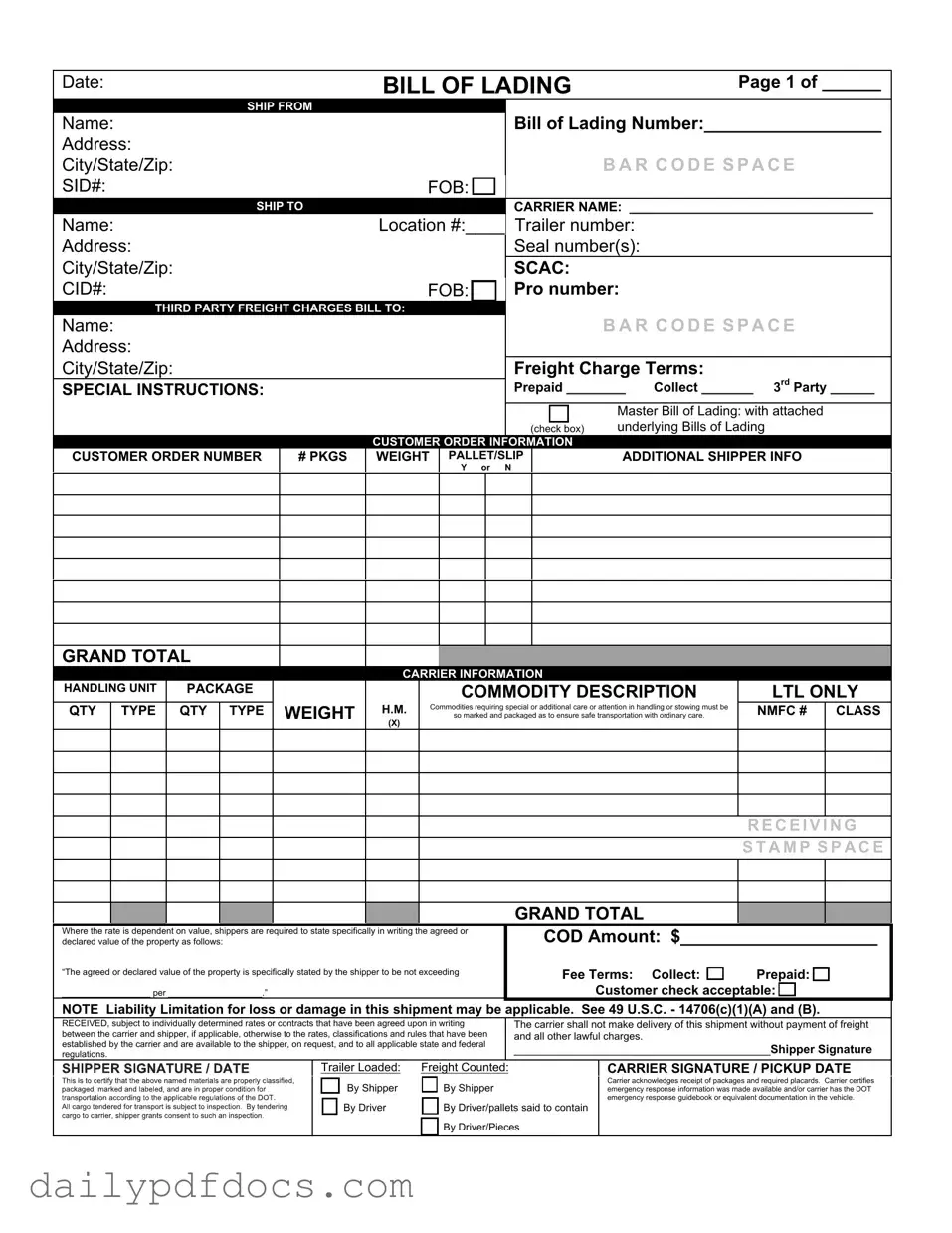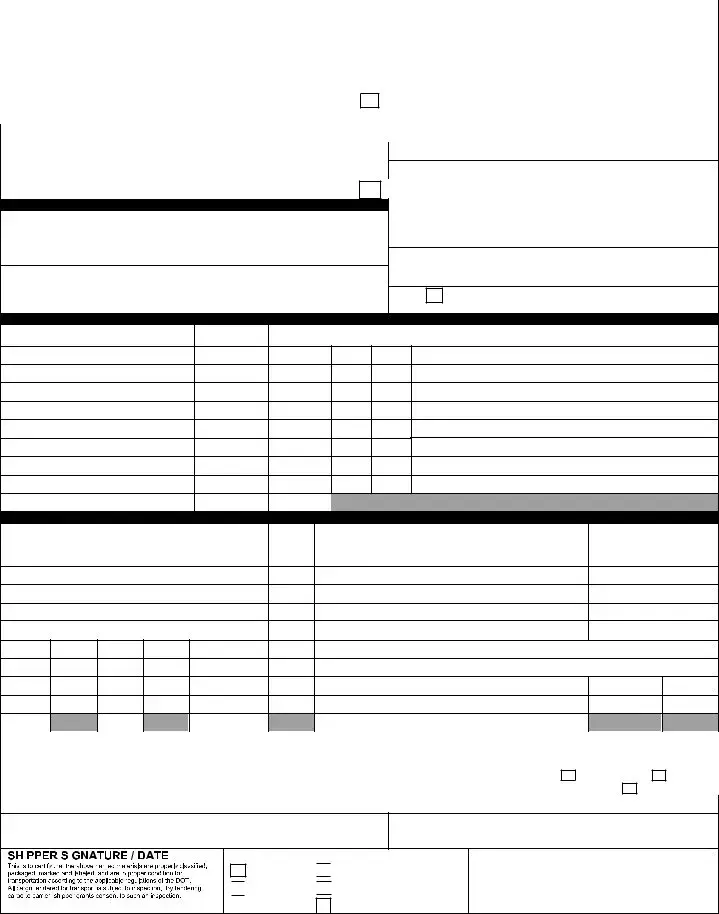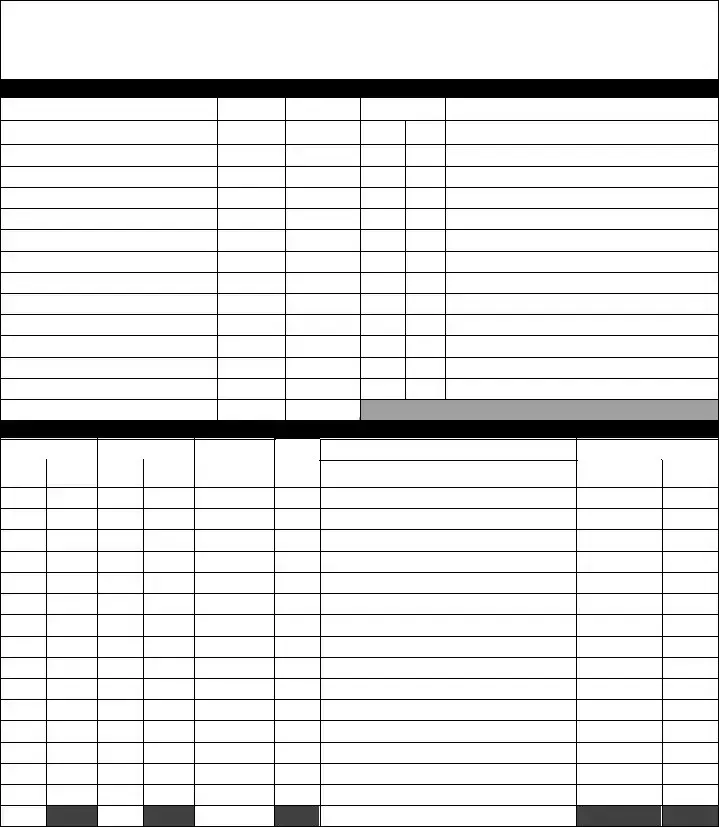The Bill of Lading with a Supplement form plays a crucial role in the transportation and shipping industries, serving as a key document that outlines the terms and conditions under which goods are transported. This form not only acts as a receipt for the goods but also provides essential details regarding the shipment, including the names of the shipper and consignee, a description of the goods, and the shipping route. Additionally, it incorporates specific provisions that may address any special handling instructions or additional agreements between the parties involved. The Supplement section of the form is particularly significant, as it allows for modifications or additions to the original terms, ensuring that any unique circumstances or requirements related to the shipment are clearly documented. By utilizing this comprehensive form, parties can establish a clear understanding of their rights and responsibilities, thereby minimizing the potential for disputes and facilitating smoother transactions in the complex world of freight and logistics.


 to certify that the above named materials are properly classified, packaged, marked and labeled, and are in
to certify that the above named materials are properly classified, packaged, marked and labeled, and are in proper condition for transportation according to the applicable regulations of the DOT.
proper condition for transportation according to the applicable regulations of the DOT.
 By Shipper
By Shipper
 By Driver
By Driver 
 By Driver/pallets said to contain
By Driver/pallets said to contain